In wine glasses!
It has been quite some time, over 50 years, since Claus Riedel began making his impact on oenophiles all over the world. With over 100 varietal specific glasses, the Riedel family has taken their mission whole heartedly. Since that time there has been the question of does the glass really matter? This post is going to explain why it does.
Color
This one is obvious. The first sense we use in wine tasting is sight. We watch in anticipation as the wine is poured into the glass and notice its color. If the glass is tinted, it will affect how we see the wine. Even just the stem being colored can have an impact on what we see.
The best way to view an appreciate wine is in a bright room with a white background.Click To Tweet Yes, your counter top can cause the color to be altered. This is the complete opposite of when you are performing a blind taste test. In a test kitchen, red light is used along with black glasses eliminating the possibility of any bias from the taster.Shape
Red wine glasses are shaped, more or less, like a tulip with a wide bowl and narrower mouth. This is to allow a decent amount of wine to be poured into the glass and still be swirled without spilling.
The narrower opening allows the aromas to concentrate and deliver them directly to your nose.Click To TweetThe additional size of the red wine glass also aids in aeration helping to soften the tannins.White wines tend to be less bold, so the glasses usually have smaller bowl sizes. The tapered shape delivers wine to the front of the mouth where you can best perceive its flavors The stems are also a bit longer than in the red glasses. This is believed to help gently warm the wine through the human touch. There is some debate over this concept. I for one, am a believer. Who has not walked into a tasting room or someone’s home (even your own) and the white wine is pulled out of the refrigerator. You take a taste and nothing. Too cold! What do you do? You place your hand around the bowl, swirl and viola, the wine is warmed allowing the wine to show its flavors and aromas best. Which raises the question of stemless. For me, its stems all the way.
Try the 90+ rated and multiple Double Gold medal winning wines of Dracaena Wines and get a 10% discount off your first order. Click the banner below and use code “Explore” at checkout. 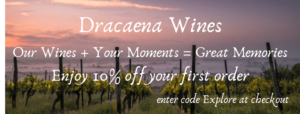
Champagne/Sparkling wines glasses are most recognized as long and narrow to allow the bubbles we love so much to rise. Although the bubbles rise fantastically up the glass, this shape allows the flavors and aromas to be lost. There are two other main shapes that you may be familiar with. The coupe or saucer is the shape you see in Champagne fountains. However this shape does not contain the bubbles, so they dissipate quickly and since the opening is larger, the liquid is exposed to more air not allowing the person to appreciate all the wine has to offer. The final shape, my choice for sparkling, is the tulip which in my opinion takes the best of the other two shapes and combines them into one awesome glass. The expanded bowl allows for some aeration allowing the flavors and aromatics to develop while the narrowing rim captures those aromas and escorts them to your nose.
Size
Believe it or not, there is an organization, International Standards Organization (ISO) whose sole responsibility is the development of voluntary International Standards. They are an independent group, consisting of 162 member countries but are not regulated by any government and have developed over 19,500 standards in a wide array of industries. This organization has disclosed the standard wine glass dimensions. According to them:
The tasting glass consists of a cup (an “elongated egg”) supported by a stem resting on a base. The opening of the cup is narrower than the convex part so as to concentrate the bouquet. Further are given physical, dimensional and special characteristics. An annex comprises recommendations for use.
This would be the recommend glass to purchase if you were not interested in filling your cupboards with a plethora of wine glasses and sizes. 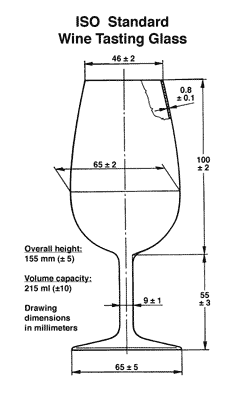
Thickness of glass (Girth)
You are at a gathering, and the first glass of wine is poured. It is time for the toast and for the clinking of glasses. Think back, have there been times where the glasses clinked, how about when they clunked? Yep, that is the difference in the thickness of the glass (and quality). Although the reason has not yet been completely understood, it has been proven that the quality of the glass impacts how the wine tastes. One explanation has been that
the crystal is rougher than regular glass and this roughness creates turbulence in the wine.Click To TweetTurbulence in the wine leads to aeration which, in turn, causes more of the aromatic compounds in the wine to be released. The thinness of the glass also circles us back to viewing the wine. The thicker glasses can distort the wine’s appearance. Plus the thicker glass tends to have a thicker rim. The thinner the rim of the glass the easier and more constant the flow of the wine is as it leaves the glass and enters the taster’s mouth. This provides the taster with the ability to focus on the perception of the wine in their mouth and less on the glass itself.I hope this clears up some mystery of the wine glass. Although I would not say it is necessary to run out and buy different wine glasses for all of your favorite varietals, I will say that if you really want to enjoy what the wine offers, spend a little extra money and buy good glasses. Be aware of the thickness and the shape of them. A little dough can go a long way in your wine tasting experience.
~Slàinte
Dracaena Wines has received consistent 90+ ratings and multiple Double Gold medals. Click image to order yours today and let Dracaena Wines Turn Your Moments into Great Memories!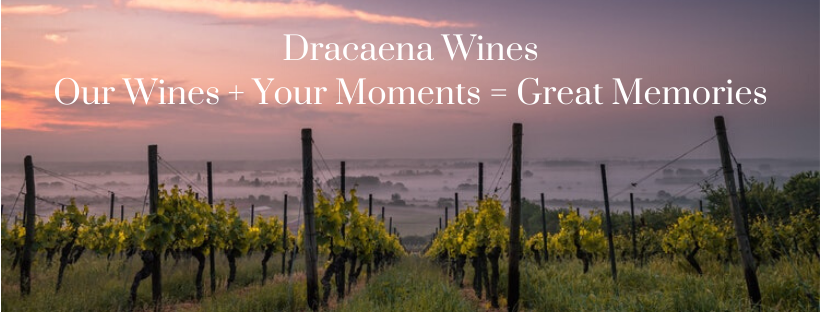
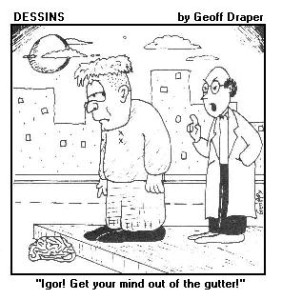
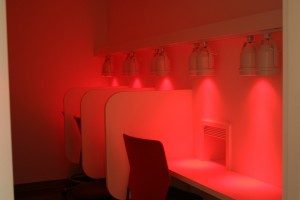
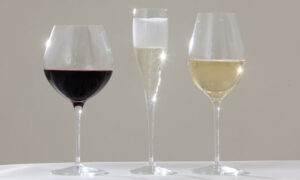
I love my Riedel glasses. I have a nice selection for various wines. Not sure there is a huge difference between the Syrah glass and the Cab glass but I like the shapes! I completely agree re: sparkling wine. I never use a flute!
Agreed. We us the Syrah glasses for Cab. But the Spalding does make a huge difference